What is a cell? (1955)
Gênero : Documentário
Runtime : 0M
Director : Josef Vácha
Escritor : Josef Vácha
Sinopse
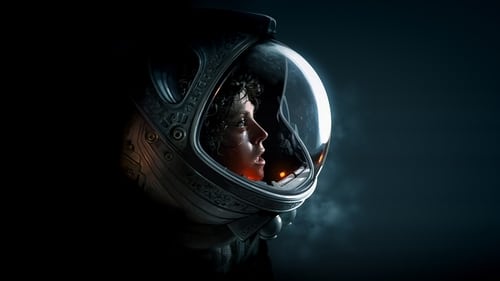
Quando a tripulação do rebocador espacial Nostromo responde a um sinal de socorro de um planeta árido, descobre uma forma de vida mortal que se reproduz em hospedeiros humanos. Agora, a tripulação tem de lutar pela sobrevivência e impedir que a criatura chegue à Terra. Realizado por Ridley Scott e com a participação de sucesso de Sigourney Weaver, este primeiro filme lendário da saga Alien vai deixá-lo sem fôlego.
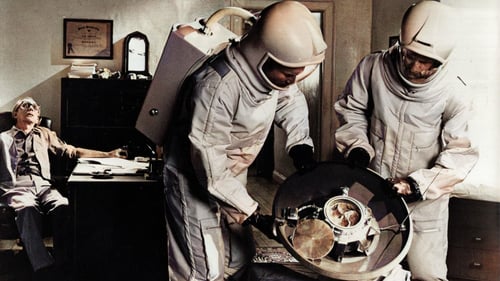
Quando praticamente todos os moradores de Piedmont, no Novo México, são encontrados mortos após a queda de um satélite espacial, o chefe do Projeto Scoop da Força Aérea dos EUA declara uma emergência. Então um grupo de cientistas, liderados pelo Dr. Jeremy Stone (Arthur Hill), vão para uma instalação ultra segura conhecida como Wildfire para tentar descobrir e isolar uma possível forma de vida extraterrestre.
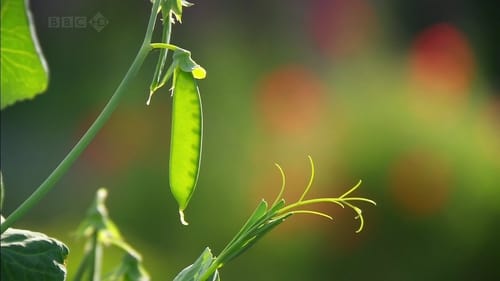
Darwin desatou uma nova visão da natureza e a evolução das espécies, que abalou a harmonia da humanidade criada por Deus. Descubra este desafio contra as crenças tradicionais que foi uma luta pessoal para Darwin.
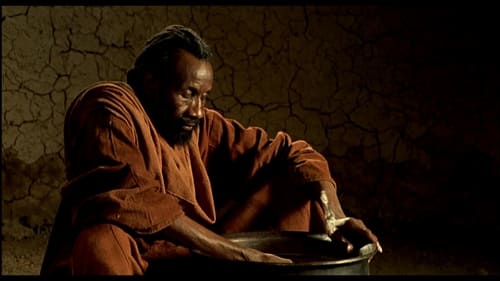
Um feiticeiro africano conta, como quem conta uma fábula, a história da criação do mundo, do nascimento do universo e das estrelas, os inícios vulcânicos, a aparição dos primeiros sinais de vida, a conquista da terra. Fala do tempo, do nascimento, do amor e da morte. E os animais são os intérpretes desta gênese encantadora, moderna e intemporal.
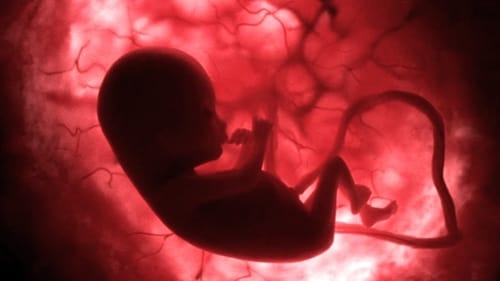
In The Womb is a 2005 National Geographic Channel documentary that focus on studying and showing the development of the embryo in the uterus. The show makes extensive use of Computer-generated imagery to recreate the real stages of the process.
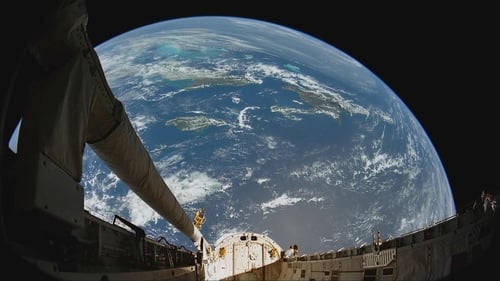
From the unique vantage point of 200 miles above Earth's surface, we see how natural forces - volcanoes, earthquakes and hurricanes - affect our world, and how a powerful new force - humankind - has begun to alter the face of the planet. From Amazon rain forests to Serengeti grasslands, Blue Planet inspires a new appreciation of life on Earth, our only home.

Revolução científica. Dilema moral. Descubra o método de edição genética CRISPR em todos os seus ângulos.

Neste documentário emocionante, uma estudante de 28 anos cursando o doutorado em Harvard registra sua própria luta contra a síndrome de fadiga crônica.

Em 1858, a vida de Darwin parecia esta se desmoronando. Sua revolucionaria teoria da evolução é contestada, enquanto seus filhos estão doentes. Com a sua carreira ameaçada e sua vida pessoal em crise, é sua esposa Emma, uma pianista clássica que estudou com Chopin, que o ajuda a perceber que o que ele chamou de mistério da vida é afinal o mistério e a verdade escondida dentre milhares de anos.
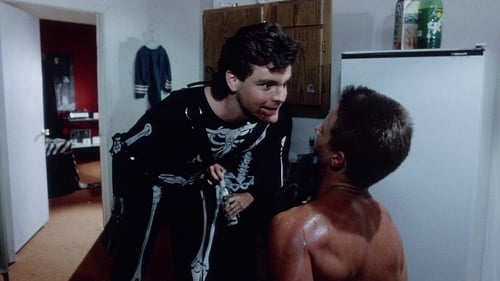
A baboon escapes from a Florida campus lab and starts spreading something bad with a bite.

Are the medicines and every day products we use putting us at risk RESISTANCE sheds light on the global crisis of antibiotic resistance and uncovers how our extensive use of bacteria-killing antibiotics has created a new kind of disease, resistant to the medicines created to destroy it.

After a violent episode in biology class, the outsider Lykke begins to change. There is something very wrong and soon a big showdown with the outside world awaits. The beast in her has been awakened.

This film reveals the exquisite machinery of the human cell system from within the inner world of the cell itself - from the frenetic membrane surface that acts as a security system for everything passing in and out of the cell, the dynamic highways that transport cargo across the cell and the remarkable turbines that power the whole cellular world to the amazing nucleus housing DNA and the construction of thousands of different proteins all with unique tasks. The virus intends to commandeer this system to one selfish end: to make more viruses. And they will stop at nothing to achieve their goal.
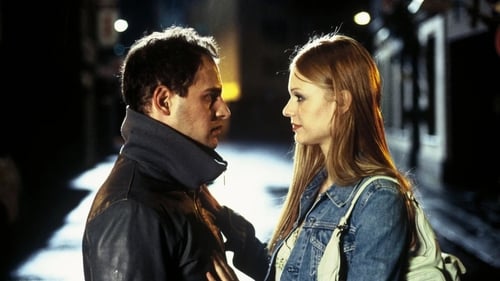
Focuses on three very different siblings, all searching for happiness. Hans-Jörg is a sex addicted librarian, who is interested in young students. Werner is a successful politician with a dysfunctional family. Agnes, a trans woman, works as a table dancer in a night club. The three brothers just have one thing in common: their longing for a happy life.

Using spectacular graphics based on the latest science and stories of remarkable people around the world, Michael Mosley takes us on a fantastic voyage through our inner universe.

David Attenborough takes us on a guided tour through the secret world of plants, to see things no unaided eye could witness. Each episode in this six-part series focuses on one of the critical stages through which every plant must pass if it is to survive:- travelling, growing, and flowering; struggling with one another; creating alliances with other organisms both plant and animal; and evolving complex ways of surviving in the earth's most ferociously hostile environments.
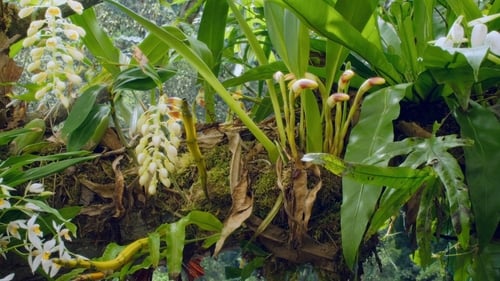
Over three very personal films, Sir David Attenborough looks back at the unparalleled changes in natural history that he has witnessed during his 60-year career.

Geologist Ian Stewart explain in three stages of natural history the crucial interaction of our very planet's physiology and its unique wildlife. Biological evolution is largely driven bu adaptation to conditions such as climate, soil and irrigation, but biotopes were also shaped by wildlife changing earth's surface and climate significantly, even disregarding human activity.
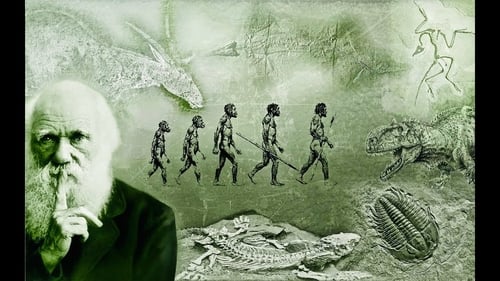
Earth teems with a staggering variety of animals, including 9,000 kinds of birds, 28,000 types of fish, and more than 350,000 species of beetles. What explains this explosion of living creatures—1.4 million different species discovered so far, with perhaps another 50 million to go? The source of life's endless forms was a profound mystery until Charles Darwin brought forth his revolutionary idea of natural selection. But Darwin's radical insights raised as many questions as they answered. What actually drives evolution and turns one species into another? To what degree do different animals rely on the same genetic toolkit? And how did we evolve?

The made-for-cable documentary film The Real Eve is predicated on the theory that the human race can be traced to a common ancestor. The mitochondrial DNA of one prehistoric woman, who lived in Africa, has according to this theory been passed down from generation to generation over a span of 150,000 years, supplying the "chemical energy" to all humankind.


















